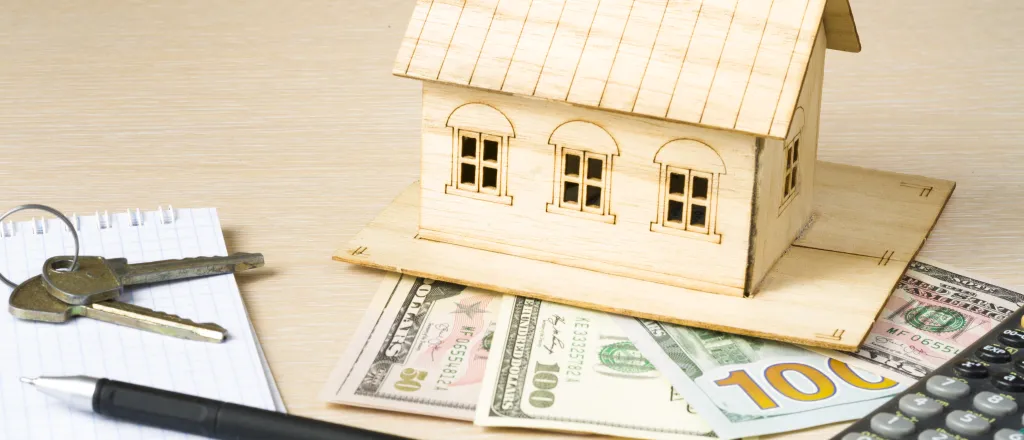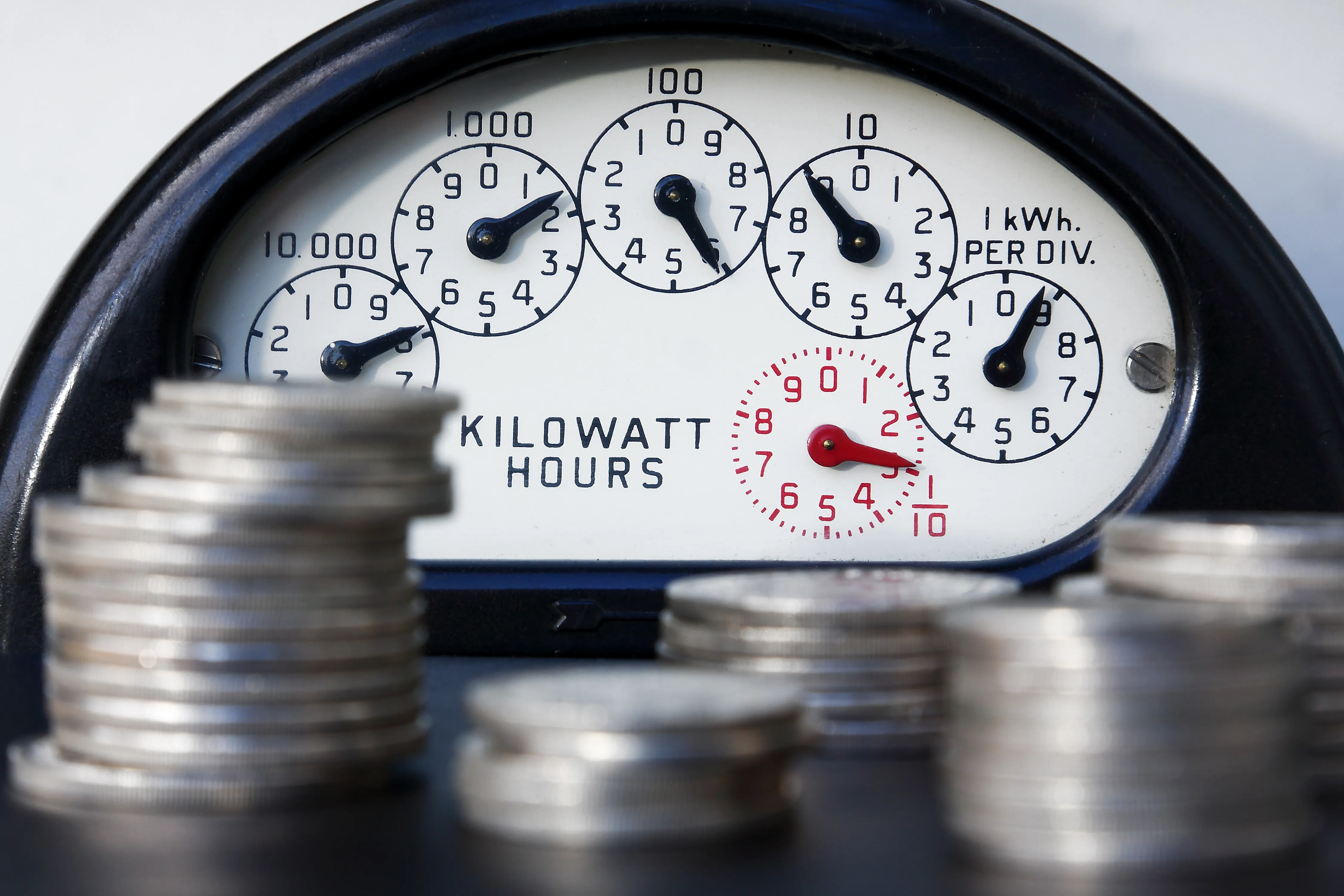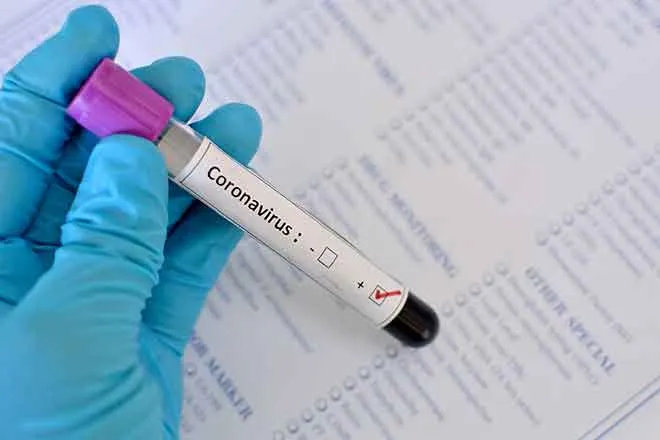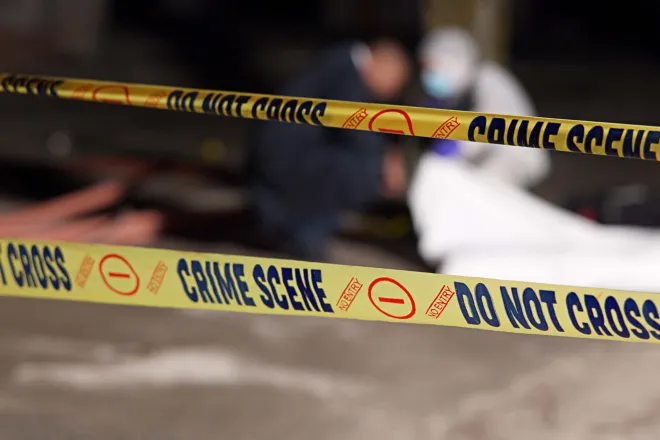
Many People are Too Broke for Bankruptcy - A New Report Suggests Some Fixes
It’s tax season. That also means it’s bankruptcy season. Every year, bankruptcy filings peak in March and stay elevated in April, as people use their precious tax refunds to finally purchase the thing they couldn’t afford before: bankruptcy.
All sorts of bad things happen when bankruptcy is out of reach for people, as we showed in a series of stories. People turn to unscrupulous operators who file phony bankruptcy cases, as happens often in Los Angeles. Particularly in the South, they turn to a form of bankruptcy that features a payment plan and that often ends in failure, leaving debtors worse off than when they filed. (African Americans are especially prone to that problem.) And finally, many people don’t file at all — and just hope that a debt collector doesn’t seize their wages.
In a report issued Thursday, the American Bankruptcy Institute, which counts 13,000 judges, attorneys and other professionals among its members, offered a range of fixes for the bankruptcy system. Chief among them were suggestions on how Congress could change the law to make bankruptcy more accessible.
The main cost when filing bankruptcy is paying an attorney (which typically runs around $1,000), but the laws essentially require debtors to come up with the money up front. That’s particularly hard for people who are being squeezed by debt, so the report by the ABI’s Consumer Commission recommended making it possible for debtors to pay their attorneys over time after filing. This would require a change of the law, because attorney fees are usually wiped out just like any other debt when someone files for bankruptcy.
The report also acknowledged widespread racial disparities in bankruptcy filings. As we showed in a story that focused on Memphis, Tennessee, the city with the highest bankruptcy filing rate in the country, black debtors are churned through a system that rarely results in debt actually being erased. We also published an extensive data analysis that showed it’s a national trend. The ABI report cited our work alongside other academic studies demonstrating the problem. (The report also noted ProPublica Illinois’ work on how Chicago’s punitive traffic ticket system has pushed many black debtors into bankruptcy.)
In the “Racial Justice in Bankruptcy” section of the report, the authors recommended that bankruptcy organizations offer implicit bias training as part of their legal education offerings and that the courts begin to collect information about debtors’ race and ethnicity in order to more concretely show the disparities. But as we noted in our stories, making bankruptcy more affordable would do the most to curb this problem.
There are a host of other recommendations in the report. Some of them are rather technical. Some could have a major effect on the lives of millions of Americans. In particular, the commission recommended making it possible for debtors to wipe out student loan debt after a period of years. Currently, debtors have to demonstrate remarkable financial hardship in order to get relief, a standard that judges have criticized as unreasonable.
Of course, relying on Congress to get things done is never a sure path to change. And the last time Congress passed a big bankruptcy reform bill in 2005, the results were very damaging to low-income families. But the ABI is an influential organization on this topic, and some prominent Democrats, Sen. Elizabeth Warren, of Massachusetts, among them, have already endorsed the idea of making bankruptcy more accessible.
Filed under:
ProPublica is a Pulitzer Prize-winning investigative newsroom. Sign up for The Big Story newsletter to receive stories like this one in your inbox.

















